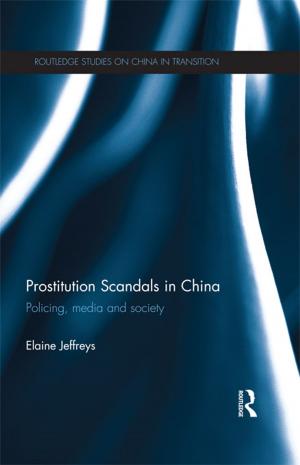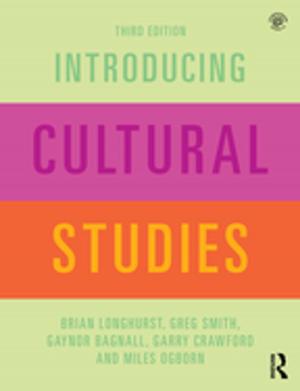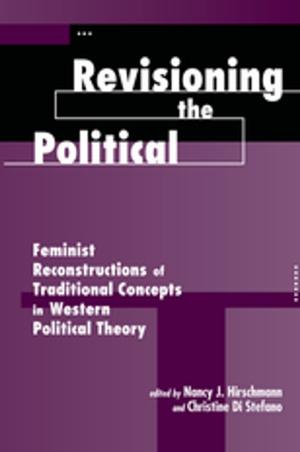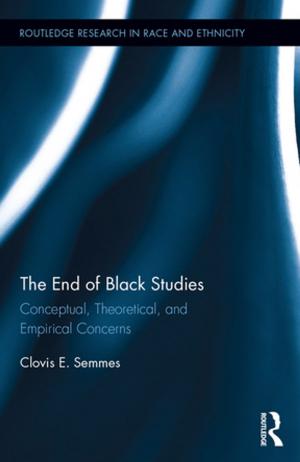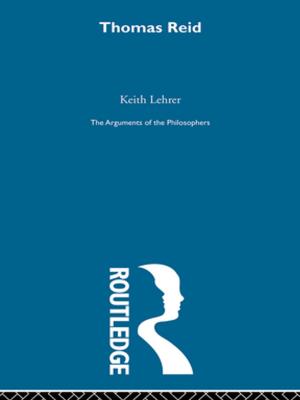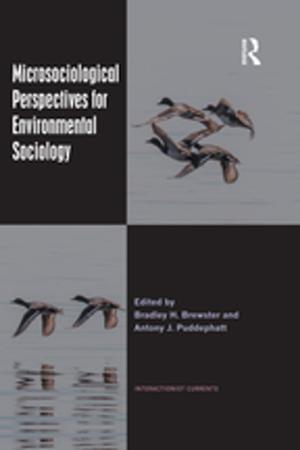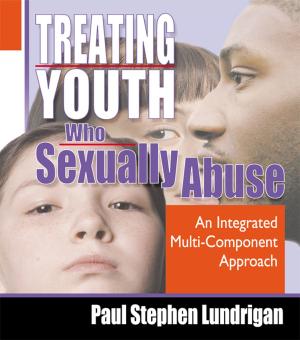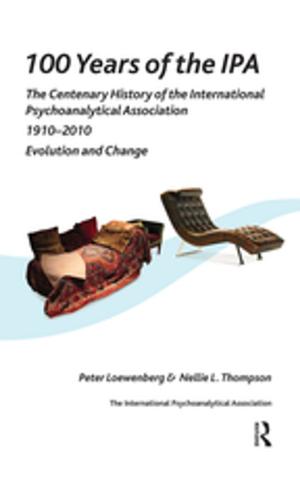Theological Radicalism and Tradition
'The Limits of Radicalism' with Appendices
Nonfiction, Religion & Spirituality, Theology, Christianity, Church| Author: | Howard E. Root | ISBN: | 9781351607117 |
| Publisher: | Taylor and Francis | Publication: | October 30, 2017 |
| Imprint: | Routledge | Language: | English |
| Author: | Howard E. Root |
| ISBN: | 9781351607117 |
| Publisher: | Taylor and Francis |
| Publication: | October 30, 2017 |
| Imprint: | Routledge |
| Language: | English |
‘The limits of radicalism are those which end not in chaos but in the breaking of fresh ground.’
Howard E. Root
Previously unpublished––and only recently rediscovered by Dr Christopher R. Brewer in an uncatalogued box in the archives of Lambeth Palace Library––Canon Howard E. Root’s 1972 Bampton Lectures, ‘The Limits of Radicalism’, have to do with nothing less than ‘what theology is’, a topic no less relevant today than it was in 1972. Against the radical reductionism of his time, Root defended the integrity of theology and ‘theological truth’. Advocating a ‘backward-looking’ radicalism, he thought that tradition should display ‘recognisable continuity’, and yet at the same time––against reductionistic tendencies––that it might be enriched and enlarged via a wide variety of ‘additive imagery’ including, though not limited to, poetry and pop art, music and even television. We must ‘begin where we are’, said Root, for we cannot, in the manner of Leonard Hodgson, ‘think ourselves into the minds and feelings of men 2000 years ago.’
In this volume, which begins with a substantial, mostly biographical introduction, Dr Brewer argues that Root––a backward-looking radical who defended metaphysics and natural theology, and insisted that theologians look to the arts as theological resources––anticipates the work of David Brown and others concerned with tradition and imagination, relevance and truth. A fascinating glimpse into the recent history of British Christianity, Root’s lectures, as well as the related appendices, are essential reading for theologians interested in the dynamics of a developing tradition and the theme of openness, as well as those with a particular interest in 1960s Cambridge radicalism and the British reception of the Second Vatican Council.
‘The limits of radicalism are those which end not in chaos but in the breaking of fresh ground.’
Howard E. Root
Previously unpublished––and only recently rediscovered by Dr Christopher R. Brewer in an uncatalogued box in the archives of Lambeth Palace Library––Canon Howard E. Root’s 1972 Bampton Lectures, ‘The Limits of Radicalism’, have to do with nothing less than ‘what theology is’, a topic no less relevant today than it was in 1972. Against the radical reductionism of his time, Root defended the integrity of theology and ‘theological truth’. Advocating a ‘backward-looking’ radicalism, he thought that tradition should display ‘recognisable continuity’, and yet at the same time––against reductionistic tendencies––that it might be enriched and enlarged via a wide variety of ‘additive imagery’ including, though not limited to, poetry and pop art, music and even television. We must ‘begin where we are’, said Root, for we cannot, in the manner of Leonard Hodgson, ‘think ourselves into the minds and feelings of men 2000 years ago.’
In this volume, which begins with a substantial, mostly biographical introduction, Dr Brewer argues that Root––a backward-looking radical who defended metaphysics and natural theology, and insisted that theologians look to the arts as theological resources––anticipates the work of David Brown and others concerned with tradition and imagination, relevance and truth. A fascinating glimpse into the recent history of British Christianity, Root’s lectures, as well as the related appendices, are essential reading for theologians interested in the dynamics of a developing tradition and the theme of openness, as well as those with a particular interest in 1960s Cambridge radicalism and the British reception of the Second Vatican Council.



